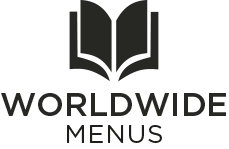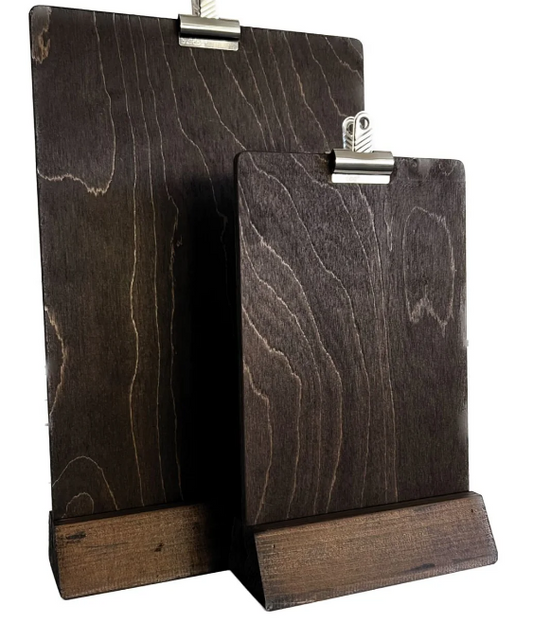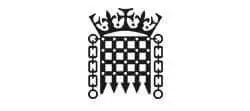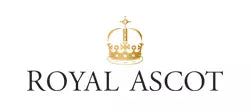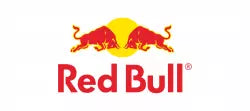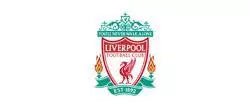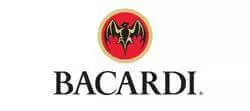يبدو أن المصطلحات المالية المعقدة ، ولكن ماذا يعني هامش ربح المطعم؟ في الفهم الأساسي ، يكون هامش ربح مطعمك هو المقياس القياسي لربحيته. يشير بشكل أساسي إلى إمكانات عملك لتحقيق ربح. إذا كنت تفتح مطعمًا جديدًا ، فمن المهم الحصول على فهم جيد من إمكانات هامش الربح الخاص بك لقياس وتحسين احتمالات النجاح. يجب تطبيق هذا المبدأ في العمليات اليومية ، وكذلك العمليات الشاملة.
تعريف هامش ربح المطعم
حسب هامش ربح المطعم ، فأنت تشير إلى كل دولار من مبيعاتك تضيف ما يصل إلى أرباحك. يجب أن تؤخذ تكلفة النفقات الخاصة بك من كلما ، وفي كل مرة تقوم فيها ببيع. مهما كانت الأموال التي تبقى بعد اعتبارها ، يُعرف النفقات باسم ربحك ، ويعرب عن التعبير عن ذلك بشكل مئوي على أنه هامش ربح مطعمك.
حساب هامش الربح لمطعمك
يجب أن يكون هناك شخصان مصممان على تحديد هامش ربح مطعمك ، وهما إجمالي الإيرادات لعملك ، وإجمالي نفقاتها. ما هو إجمالي الإيرادات؟ هذا يعني أن مبلغ المبيعات الذي اشترته من السلع أو الخدمات التي قمت ببيعها. إجمالي النفقات ، من ناحية أخرى ، تشمل تكلفة البضائع المباعة أو التروس ، إلى جانب التكاليف الأخرى لتشغيل عملك ، مثل الضرائب ، كشوف المرتبات ، وتكلفة عملياتك. يمكنك بسهولة العثور على هذه الأرقام حول ربح مطعمك وبيان الخسارة.
يتم طرح مبلغ إجمالي النفقات من إجمالي الإيرادات للتأكد من صافي الربح. هذا الربح الصافي مقسومًا على إجمالي الإيرادات يحصل على رقم يتألق بعد ذلك بمقدار 100. النسبة المئوية التي تحصل عليها هي هامش الربح الخاص بك.
لذلك ، على سبيل المثال ، إذا قمت بتشغيل حامل عصير الليمون وبيع كل كوب منه مقابل 1.00 دولار وللمبدوة نفسها ، فسيتم حساب ربحك بمبلغ 0.40 دولار. في هذه الحالة ، يكون هامش الربح الخاص بك 40 ٪.
إجمالي الإيرادات 1.00 دولار - إجمالي المصاريف 0.60 دولار = ربح 0.40 دولار
الربح .0.40 دولار/ إجمالي الإيرادات 1.00 دولار = 0.40
0.40 × 100 = هامش الربح 40 ٪
يمكن تطبيق هذه الأرقام الصغيرة التي توضح كيفية حساب هامش ربح مطعمك على أرقام أكبر ، ويمكنك العمل من هناك.
صيغة لحساب هامش ربح مطعمك
وبالتالي ، فإن الصيغة لتقييم هامش ربح عملك هي:
إجمالي الإيرادات - إجمالي النفقات = صافي الربح
(صافي الربح/ إجمالي الإيرادات) × 100 = هامش الربح الصافي
لتجسيد كيفية عمل هذه الصيغة ، أدناه هو هامش الربح إذا كان إجمالي إيراداتك هو 180،000 دولار ، وتضيف إجمالي نفقاتك ما يصل إلى 168،000 دولار.
إجمالي الإيرادات = 180،000 دولار
إجمالي النفقات = 168،000 دولار
180،000 دولار - 168،000 دولار = 12000 دولار ربح صافي
(12000 دولار/ 180،000 دولار) × 100 = 6
هامش الربح = 6 ٪
يستلزم تحقيق ربح أن إيراداتك تتجاوز إجمالي نفقاتك ، وطريقة واحدة للقيام بذلك هي التخطيط بعناية تسعير القائمة الخاص بك. إن توفير أفضل السلع والخدمات يحتاجك للاستثمار في منتجات بأسعار معقولة ولكن ذات جودة عالية ، مثل تلك الموجودة في القوائم العالمية والشركات الأخرى الموثوقة.
كيفية زيادة هامش ربح مطعمك
يمكن إجراء تحسين هامش الربح لعملك بثلاث طرق ، وهم من خلال زيادة إجمالي إيراداتك ، مما يقلل من إجمالي نفقاتك ، وهذان الشخصان مجتمعين.
زيادة إجمالي الإيرادات
هذا أكثر من زيادة مبيعاتك ، ولكن أيضًا مع الحفاظ على نفقاتك. قد يكون من الصعب تنفيذ هذا الإجراء لأنه ، في المقام الأول ، تميل نفقاتك إلى الزيادة كما تفعل إيراداتك.
تقليل النفقات
يعد الحفاظ على نفقاتك منخفضة مع الحفاظ على إيرادات مبيعات ثابتة وسيلة أكثر ملاءمة لتحسين ربحك. إن تحقيق ذلك يحتاج إلى التركيز على تقليل النفقات التي يمكن التحكم فيها مثل نفقات التشغيل المباشرة ، ونفقات العمالة ، وتكلفة البضائع المباعة.
زيادة الإيرادات مع تقليل النفقات
هذه طريقة أسرع لزيادة الربح الأفضل حيث تقوم بتكوين وسيلة لتعزيز إيراداتك مع خفض نفقاتك.
كيفية تقليل نفقاتك
الإيجار والتأمين على عملك هو مصاريف ثابتة ، ولكن يمكن التحكم في العديد من الآخرين. يمكنك النظر في تكاليفك في الجوانب الثلاثة التالية.
نفقات التشغيل المباشرة (DOE)
قد تستلزم التصرفات والسلع الورقية وإمدادات التنظيف ، من بين أمور أخرى ، تكاليف يمكن أن تضيف ما يصل ، لذلك تتبع هذه. إن القيام بأعمال تجارية مع تجار الجملة مثل القوائم في جميع أنحاء العالم وغيرهم من مقدمي الخدمات يمكن أن يقلل من نفقاتك. وبهذه الطريقة ، يمكنك أيضًا الاستفادة من الشحن المجاني والخصومات كعضو وشراء عبر أسعار الكمية.
تكاليف العمالة
هذا يشير إلى رواتب وأجور موظفيك. تتمثل إحدى الطرق الجيدة لتخفيض هذه التكاليف في تقليل معدل دوران الموظف حيث يمكنك تجنب نفقات تدريب الموظفين الجدد. وبهذا المعنى ، يجب أن تكون خاصًا بشأن تطبيق الاستراتيجيات الناجحة للاحتفاظ بالموظفين.
تكاليف البضائع المباعة (COGS)
بهذا ، تشير إلى التكلفة المباشرة لكل عنصر تبيعه. على سبيل المثال ، إذا كنت تقوم بتشغيل متجر دونات ، فستتضمن COGs نفقات لمكونات المنتج الخاصة بك ، مثل السكر والبيض وما شابه. حافظ على علامة تبويب على المخزون الخاص بك ، وابحث عن الموردين في التكلفة لخفض تكاليف الغذاء الخاصة بك. علاوة على ذلك ، حاول تنفيذ التحكم في الجزء حتى تتمكن من التوفير على نفقاتك.
